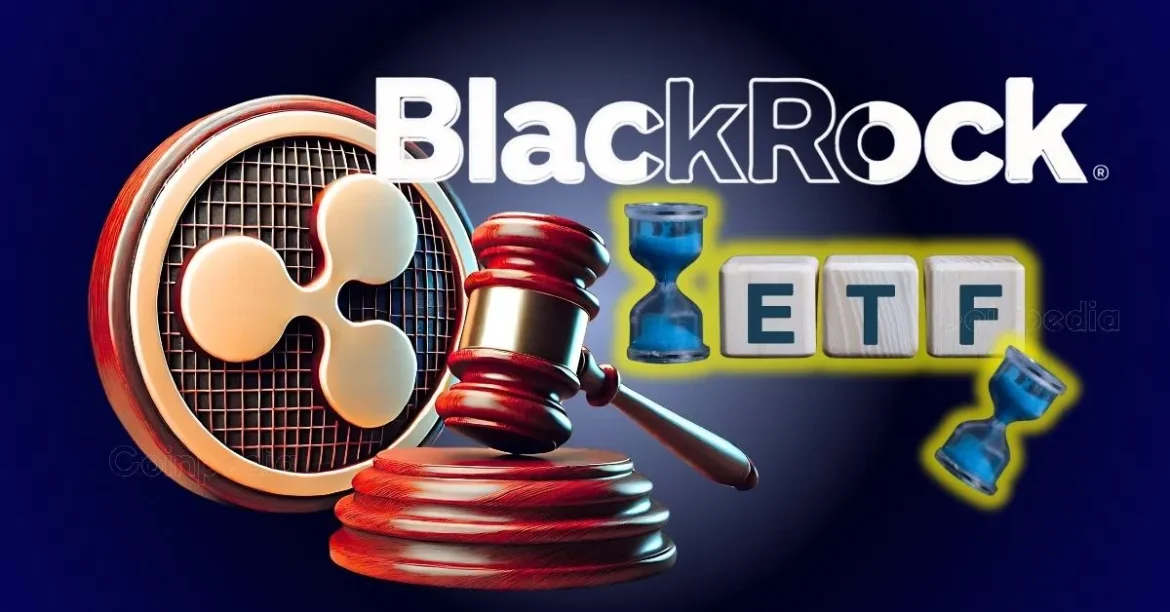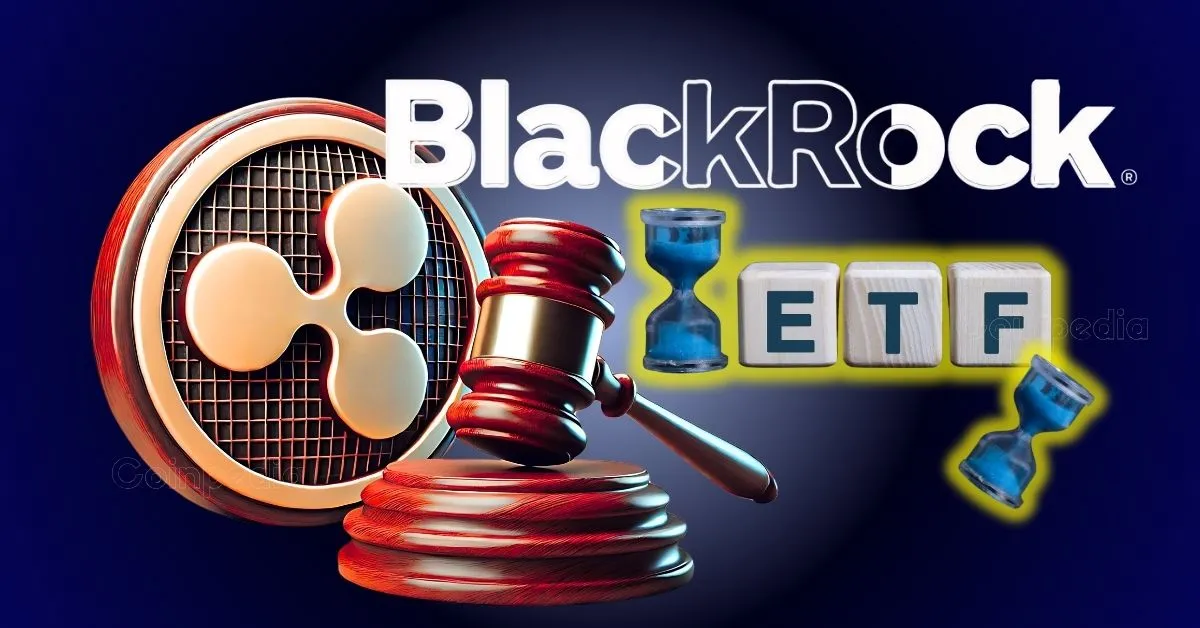BlackRock’s Deliberate Hesitation: Why No XRP ETF Filing Yet?
Understanding the Slow Movement
Despite the growing institutional interest and multiple filings by other asset managers for XRP exchange-traded funds (ETFs), BlackRock—the world’s largest asset manager with over $11 trillion in assets under management—has not yet filed for an XRP ETF. This cautious stance stems from several intertwined factors, chiefly regulatory uncertainty, strategic portfolio focus, and risk management considerations.
Regulatory Ambiguity: The Cloud Over XRP ETFs
The primary factor impeding BlackRock’s XRP ETF filing is ongoing regulatory uncertainty. Although a U.S. court ruled that XRP is not a security when traded on exchanges, the U.S. Securities and Exchange Commission (SEC) has yet to fully accept this interpretation. This has led to the continuation and prolonging of ETF approval decisions, with some rulings now anticipated as late as October 2025.
Ripple Labs’ ongoing lawsuit with the SEC has injected a significant degree of unpredictability into the XRP legal environment. BlackRock, in its risk-averse approach, appears to be waiting for a clear resolution or official SEC stance before submitting any XRP ETF applications. This waiting game shields BlackRock from potential regulatory backlash or a listing rejection that could negatively impact its reputation and market positioning.
Strategic Focus: Betting on Proven Leadership in Bitcoin and Ethereum ETFs
BlackRock’s dominant position in Bitcoin and Ethereum ETFs also explains their reluctance to jump into the XRP ETF arena prematurely. Its Bitcoin ETF manages over $30 billion in assets, and its Ethereum ETF recently crossed the $1 billion mark within just two months—clear signs of institutional confidence and liquidity.
By focusing on these leading cryptocurrencies with higher liquidity and broader institutional demand, BlackRock prioritizes assets that align with its strategic benchmarks. XRP, while promising, doesn’t currently match the liquidity profile or regulatory clarity of Bitcoin or Ethereum-based funds, making it a less immediate priority for BlackRock’s portfolio.
Risk Avoidance in a Volatile Market Context
The crypto market remains highly volatile, and XRP in particular has been through pronounced price swings linked to legal uncertainties and market speculation. Additionally, prior incidents such as a fictitious XRP ETF filing in 2023 that briefly spiked XRP’s price by 15% highlight the susceptibility of XRP-related products to rumor-driven volatility.
BlackRock’s decision to hold back likely reflects prudent risk management. By observing how these ETFs perform and how the SEC handles approvals or denials for smaller players like Grayscale, Bitwise, and Canary Capital, BlackRock can assess the regulatory landscape and market demand with greater certainty, allowing a more strategically timed market entry.
Speculated Negotiation and Tactical Delay
Some analysts propose that BlackRock’s delay may represent a tactical negotiation maneuver. By staying out of the current rush and potential early rejections, BlackRock avoids negative headlines from SEC denials and preserves its capacity to enter the XRP ETF space later—potentially more powerfully and with solid backing after legal clarity is achieved.
The company’s silence amid a growing frenzy hints at a potential calculated move: waiting for institutional demand and SEC stance to crystallize fully before deploying substantial resources and reputation toward an XRP ETF.
The Evolution of XRP Ledger and Institutional DeFi Prospects
Another dimension to consider is the ongoing development of the XRP Ledger itself. Beyond digital payments, XRP’s blockchain technology now hosts decentralized finance (DeFi) tools, a native decentralized exchange, and tokenized asset support—all emphasizing speed, low fees, and scalability.
Ripple’s roadmap for institutional DeFi on the XRP Ledger could drive future ETF interest once these use cases mature in the institutional ecosystem. BlackRock’s eventual entry might coincide with broader adoption of these innovations, aligning product offerings with evolving market demands.
Conclusion: Waiting for the Green Light
BlackRock’s absence from the XRP ETF filing race is less about reluctance and more a reflection of strategic patience amid a complex regulatory and market environment. Its focus on assets with proven institutional traction (Bitcoin and Ethereum), the unsettled legal status of XRP, and the desire to mitigate risk collectively underpin this cautious approach.
Should XRP’s regulatory picture clarify with Ripple’s lawsuit resolution or the SEC’s acceptance, BlackRock is poised to enter the market decisively, leveraging its scale and reputation to capitalize on institutional appetite for XRP-based products. Until then, BlackRock’s prudence sends a clear message: regulatory certainty and market readiness take precedence over hasty filings that carry reputational and financial risks.





